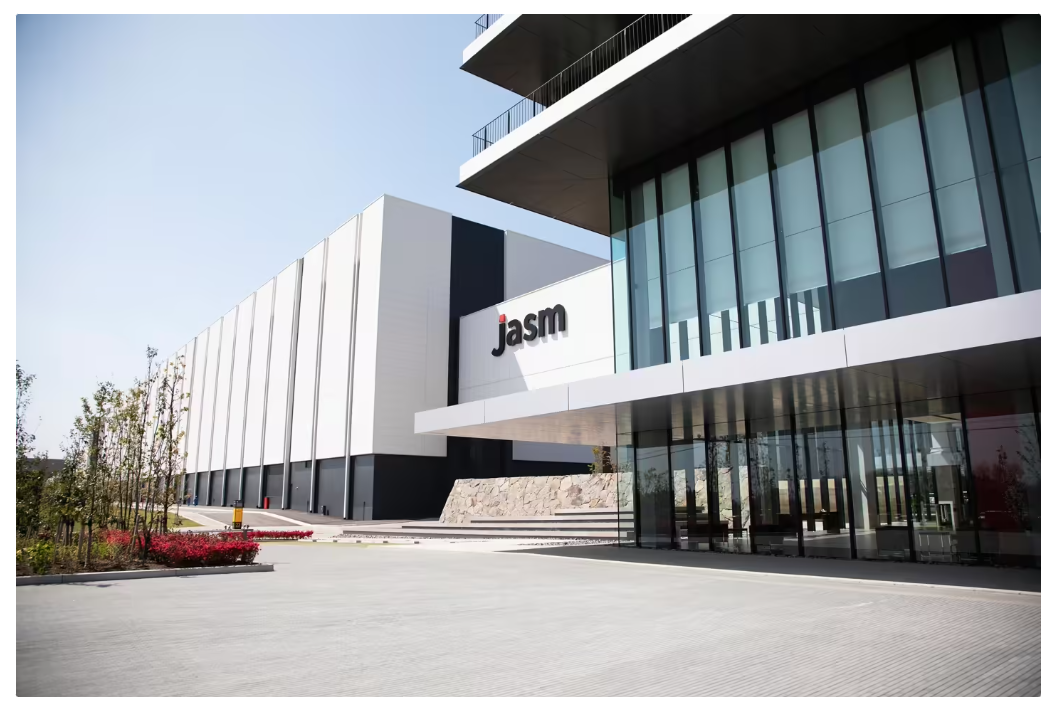发布时间:2011-06-12 阅读量:1952 来源: 我爱方案网 作者:
中心议题:
*Iphone消音的超强能力
早在一月份就对谷歌 Nexus One 手机进行了拆解,其最大的亮点是Audience公司的音频处理器。Audience芯片集成了两个先进的麦克风(如果你对其测量下会发现它比大部分的手机要大些)来消除环境噪音。该项别出心裁的设计使得在噪音环境下改善了音频的质量,从而使得麦克风的优越性能成为了Nexus One的主要卖点。(Nexus One其他卖点还是依靠更新Android)Nexus One 的设计案主要由Audience完成,使得A1026 音频处理器走向世界舞台。下图亮黄色线区域内是Nexus One手机中Audience公司的芯片产品:
.jpg)
还记得iPhone 4拆解( 苹果iphone 4全程高清火爆拆解 )时, 也显示有两个麦克风。那时,我们也不知道这是怎么回事,只是非常模糊地分析说“这可以有效清除外界噪音从而提高声音效果。”,一笔带过。其实我们也不知道这是否是Apple公司自己研发的声音处理器或用第三方授权的技术。
那是一片小巧的,只有3mm x 3mm的芯片,我们无法从拆解中确认这是什么功能的芯片。这块芯片上面有白色的标签,意为Apple要求那些芯片制造商在芯片封装时去掉他们公司的牌子,使得大家无法辨识该芯片。该芯片上刻着‘10C0 01S8 0077’,对于这组数据,我们费尽脑汁找遍了所有数据库,最后还是一无所获,最后不了了之。然而,这一事件到了今年二月份,再次困扰着我们。当时我们将刚到手的Verizon (CDMA) iPhone 4进行拆解( CDMA版iPhone 4拆解 )。你可以从下图中A4处理器的右边发现那块小芯片:
.jpg)
我们一向本着探索未知事物为己任,就像下面要介绍到的伙计一样,因此,我们决定对此芯片进行地毡式的彻查!一位在Chipworks的朋友对该未知芯片进行了大解剖,你们猜猜他们到底发现了什么?对,它是一片Audience公司的低功耗音频信号处理器。作为最有力的证据,下图为该芯片内部在拉磨划痕时刻上了‘Audience’字样:
.jpg)
芯片内部的封装主要是一个连带着前端模拟的嵌入式数字信号处理器。多亏了Chipworks我们才有幸看到下面的该芯片内部封装结构图:
.jpg)
Iphone消音的超强能力的确令人印象非常深刻,据我们所知,胜过所有没用Audience芯片功能的手机。
我们不得不对Audience公司致敬,因为这伟大功绩是属于他们的。他们对其他智能手机有着致命的吸引力。在不久的将来,最为有趣的是,或许我们还可以看到A5内部会嵌入其他功能子部件又或者可以预期Apple和Audience公司将会是一个长期的战略合作伙伴关系。很明显,Audience很希望是后者—因为迄今为止,他们在这方面一直做得非常好。
原文:Unveiled: Audience powers iPhone 4′s impressive noise cancellation
When we analyzed the Nexus One last January, the big news was its Audience voice processor. The Audience chip takes advantage of two microphones (if you’re counting, that’s one more than most cell phones) to cancel out ambient noise. This dramatically improves audio quality in noisy environments, and the Nexus One’s impressive microphone performance has been a major selling point. (The Nexus One’s other selling point is regular Android updates, but it’s probably best to leave that sore point for another time.) The Nexus One design win was a major coup for Audience, and landed their A1026 Voice Processor on the world stage. You can see the Nexus One’s Audience part highlighted in yellow in this image:
.jpg)
Fast forward to last summer, when our iPhone 4 teardown revealed that the iPhone also had two microphones! At the time, we rather ambiguously reported that it was “used to cut out ambient noise and improve sound quality.” What we didn’t know was whether Apple had invented their voice processor or was licensing third-party technology.
There was one small, 3mm x 3mm chip that we weren’t able to identify during our teardown. It was white-labelled, meaning Apple asked the manufacturer to remove their branding from the package to make it difficult for folks like us to identify. The markings on the chip ’10C0 01S8 0077′ didn’t match any existing part in our database, and we didn’t pursue it further. This part turned up again this February when we got our hands on the Verizon (CDMA) iPhone 4. You can see it here to the right of the A4:
.jpg)
We like mysteries as much as the next guy, so we decided to dig further. Our friends at Chipworks just decapped the chip, and guess what they found? That’s right, an Audience low power audio signal processor. As conclusive proof, here’s the Audience die marking they found inside the chip:
.jpg)
The package has an embedded digital signal processor with accompanying analog front ends. You can see the innards here, courtesy Chipworks:
.jpg)
The iPhone’s audio cancellation capabilities are very impressive, outperforming every non-Audience powered cell phone we’ve tried. You can hear the cancellation in action in this test by PocketNow:
This is a huge win for Audience. They’re seeing impressive traction in other smartphones. Going forward, it will be interesting to see if Apple decides to integrate the technology into the A5 (as they have with other subcomponents) or if this relationship with Audience is long-term. Clearly Audience is betting on the latter—and thus far, they’ve shown impressive execution.

近日,日产汽车和总部位于英国的自动驾驶初创公司Wayve签署协议,合作开发基于人工智能的驾驶辅助系统。

京东开启招聘存算一体芯片设计工程师计划,薪酬高达“40K-100K*20薪”

日本芯片制造商铠侠(Kioxia)计划于2026年在其岩手县晶圆厂开始生产新一代NAND闪存芯片。

一系列诉讼指控芯片制造商英特尔、AMD及德州仪器公司,未能有效阻止其技术被用于俄罗斯制造的武器。

台积电日本子公司JASM熊本第二晶圆厂在 10 月下旬启动后近期处于暂停状态,重型设备已撤出工地